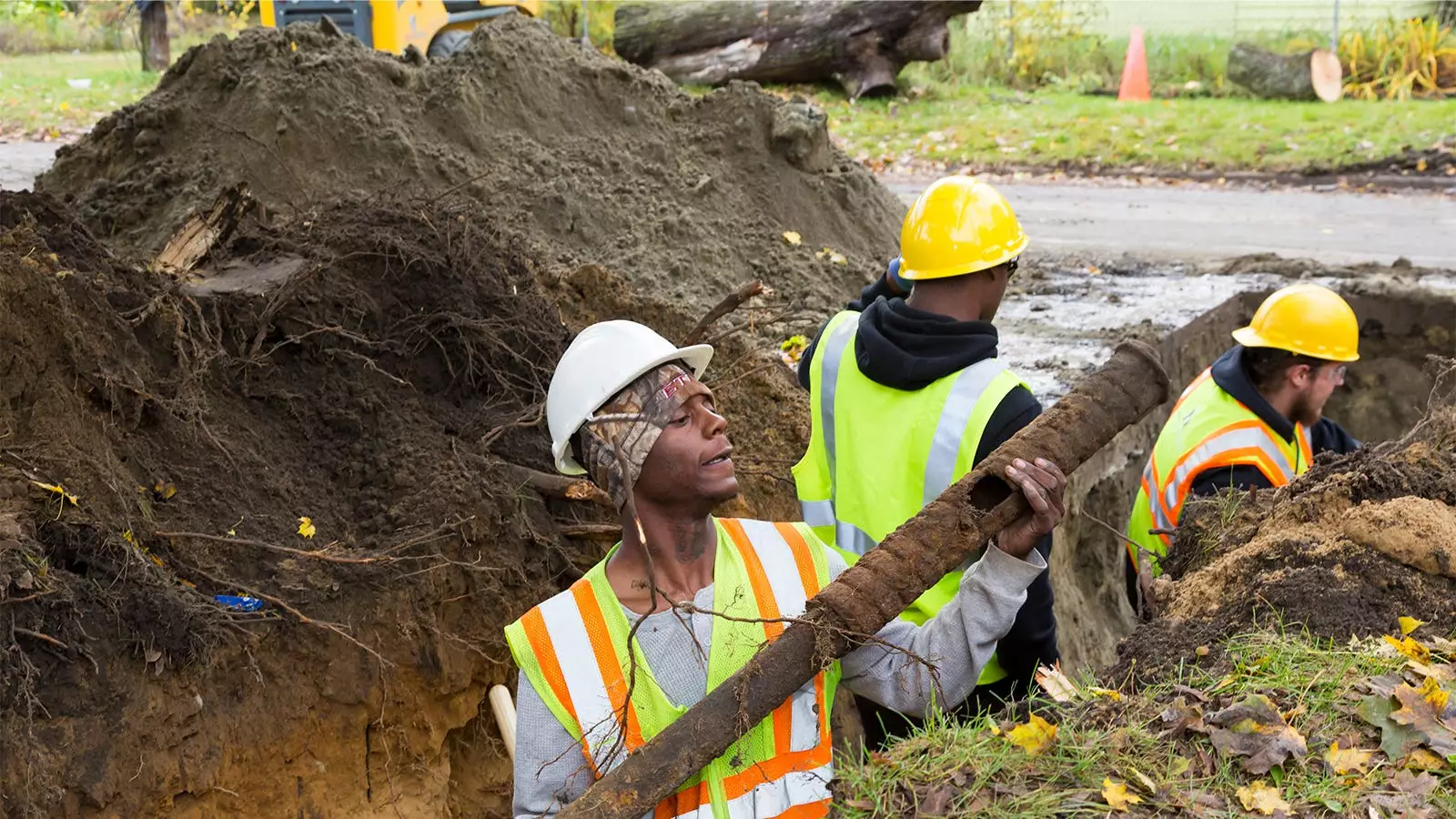In a landmark decision, the Biden administration has unveiled a comprehensive plan aimed at addressing a critical public health crisis: the presence of lead pipes in the nation’s drinking water systems. The announcement, made by EPA Administrator Michael Regan, revealed that over 9 million lead pipes are still in active service across the United States. These pipes pose severe health risks, particularly to vulnerable populations such as children, whose development can be severely affected by lead exposure. This article delves into the implications of the new Lead and Copper Rule Improvements (LCRI) and examines the multifaceted approach adopted by the administration to tackle this urgent issue.
The dangers associated with lead ingestion have been well-documented for decades. Lead does not require high concentrations to produce harmful effects. As Regan stated, there is no safe threshold for lead in drinking water, making proactive measures necessary. Exposure to lead in childhood is linked to cognitive delays, hindered learning capabilities, and even irreversible damage to the brain. In adults, the ramifications include serious cardiovascular risks, renal damage, and an increased risk of cancer. The announcement emphasized that the LCRI is not merely regulatory but, at its core, a public health initiative aimed at preventing lead-related health crises in future generations.
The Directive’s Details and Enforcement
The LCRI mandates that all water systems across the country replace lead pipes within a decade. As part of this directive, more stringent testing protocols will be established to monitor drinking water quality, ensuring that communities can quickly act to address lead contamination risks. Importantly, the EPA will lower the threshold for action, which allows for swifter intervention in areas identified as having lead pipes. This strategy is designed to elevate public awareness about lead risks, encouraging families to understand where lead pipes may still exist and what measures are being taken to address the problem.
Funding and Support for Implementation
The announcement also included a significant financial commitment: $2.6 billion will be allocated for infrastructure improvements that directly support the replacement of lead pipes. This funding stems from the Bipartisan Infrastructure Law, underscoring the administration’s determination to finance the ambitious goal of eliminating lead from drinking water. The infusion of funds has already resulted in positive changes, with numerous cities, including Detroit, Milwaukee, and Denver, starting their lead pipe replacement initiatives. The commitment to these infrastructure improvements is a critical step toward ensuring access to safe drinking water for all Americans.
A Broader Ethical Perspective
Regan’s comments during the announcement highlighted the ethical underpinnings of this initiative, framing it as one of environmental justice and basic human rights. For communities historically marginalized or disproportionately affected by lead contamination, the LCRI represents a significant shift in policy, addressing long-standing inequalities in health outcomes. As noted by the EPA, this effort could prevent significant future health issues, including low birth weights in infants, cognitive deficits in children, and premature deaths attributed to heart disease.
Despite the promising nature of the LCRI, questions remain regarding the potential for loopholes within the rule that could delay necessary pipeline replacements. Concerns have been raised about whether some communities may circumvent the rule, with estimates suggesting that some areas could take up to 40 or 50 years to eradicate lead pipes if exceptions are allowed. These challenges underscore the necessity for rigorous oversight and community engagement to ensure that the directive’s implementation is both effective and equitable.
The Biden administration’s new directive on lead pipe replacement heralds a significant commitment to public health, environmental justice, and equity. By mandating the replacement of lead pipes, enhancing testing requirements, and providing substantial funding, the administration aims to mitigate one of the most pervasive public health threats in the United States today. As the initiative unfolds, its true test will be the effectiveness of its execution and whether it can deliver safe drinking water to all Americans, ensuring that future generations are not burdened by the legacy of lead exposure.


Leave a Reply